How Much Electricity Does a Kitchen Extractor Fan Use
With the rise of the cost of living affecting everybody, we unfortunately have to be conscious of the amount of energy we use, as it can directly increase our electricity bills. So what about units that function automatically or can function constantly like a kitchen extractor fan? Is the vital service they provide going to inadvertently increase energy bills?
In this blog, we will address the question ‘How much electricity does a kitchen extractor fan use?’
With new buildings being made to be as energy efficient as possible, and the UK aiming for 95% of its electricity usage to be low carbon by 2030, it is imperative to understand how we can make the most of our ventilation. This is where applications such as extractor fans and heat recovery ventilation units come in.
To prevent mould, fresh air should constantly be introduced into your dwelling daily, as it helps to regulate temperature and reduce condensation. Introducing fresh air can be as simple as having a ventilation routine, or installing extractors or MVHR units. Almost all of this is facilitated by ducting.
What is the cheapest way to ventilate properly?
Ventilating your home or indeed any building, is critical in ensuring that the property is free from mould. If mould develops in a property, it can be extremely time-consuming and difficult to get rid of if it spreads extensively.
Aside from its grotesque appearance and damp smell, mould can cause or exasperate health issues, particularly any involving the immune system or breathing. With this in mind, nobody should have to live with mould, and the methods to keep it away from your home should not be a luxury either.
That’s why extractor fans, whether they be for a bedroom, bathroom or kitchen are the go-to system for removing excess humidity in a home. Extractor fans can be modest in pricing, and extremely effective in terms of running costs.
Advances in technology have allowed for some kitchen extractor fans to activate automatically, and run continuously whilst remaining quiet in operation. Its efficiency and general function are not at all compromised because its running costs are low.
How much electricity does a kitchen extractor fan use?
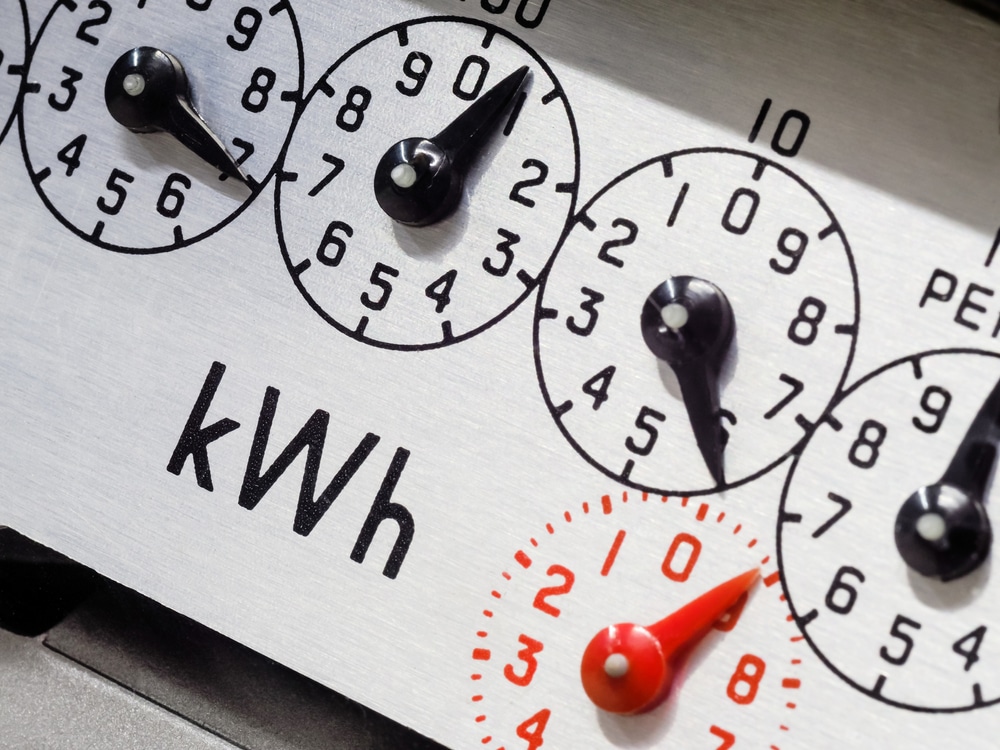
The amount of electricity used by a kitchen extractor fan is nominal in the grand scheme of things. This is especially the case when it comes to units that operate automatically. But what are the actual costs?
Luckily, we at I-sells have a variety of kitchen extractor fans. Below, we will share the running costs of a couple of our kitchen extractor fan units.
Kair Guardian Power Pro PP100P
The Kair Guardian Power Pro PP100P operates at a rate which can convert to a usage cost of 1p a day. (using 28.00 pence per kWh as comparison). Considering this extremely low running cost, in addition to the affordable pricing, it would be a mistake to not consider this option if you’re on the hunt for an extractor fan.
Here are some additional features of this extractor fan…
- Anti-vibration gasket.
- Energy-efficient EC motor.
- 5-year warranty – 1 year parts and labour, 4 years parts only.
- EC induction motor with thermal protection.
- Shockproof, high-quality technopolymer casing.
- Designed using the latest wind tunnel technology and CFD simulations.
- Operates in ambient temperatures up to 40 OC.
- Double insulated – no earth required.
- IPX4 Splashproof rated – can safely be installed in Zones I and II.
- Part L1A 2013 of Building Regulations.
You can find the full details here.
Greenwood Omnique Smart Extractor Fan With Pullcord Humidistat Timer and SELV Transformer
The Greenwood Ominque Smart Extractor Fan has quite a few tricks up its sleeves, with one of them being the possibility of using 6 different kinds of ventilation, in this one unit. Regarding its running costs, it boasts such low energy costs that continuous usage will equate to less than a single penny a day.
This extractor fan isn’t called smart for no reason, its features allow it to be adaptable to properties that may have a range of tenants at a time with their own ventilation needs. It does not require a contractor to make any amendments or repairs either. For more information on this extractor fan. Click here.
Does a cooker hood use more electricity than an extractor fan?
Generally, yes. Cooker hoods are designed to provide a stronger level of extraction to its immediate area. Because of the size differences between the units, usage costs will naturally be higher. However, further advances in efficiency and technology mean that new cooker hoods are likely to have better usage costs than their predecessors.
Furthermore, cooker hoods aren’t generally supposed to be on for 24 hours a day, they usually are used for either a few minutes or a few hours daily depending on the frequency of your cooking.
Can I ventilate my kitchen without using any electricity?
Yes. However, the effectiveness will be limited, and you may have to deal with more issues as a result. Opening your window, a connecting back door or an adjoining utility or patio door is the only way to ventilate without using electricity.
Generally, having an open window in conjunction with using your extractor fan in humid environments is the best way to go. This is because the open window both extracts the indoor air and delivers fresh outdoor air, making the extractor fan’s job easier.
However, only using an open window to ventilate a kitchen or bathroom can present a few issues including…
- Rain, severe winds or extreme cold can enter the building.
- Bugs can enter the building.
- It will take longer than using an extractor fan in addition to the open window/door.
So wherever possible, always try to use your extractor fans and an open window to quickly remove any unwanted humidity, smells or smoke in your kitchen.
How do I know how much electricity my extractor fan is using?
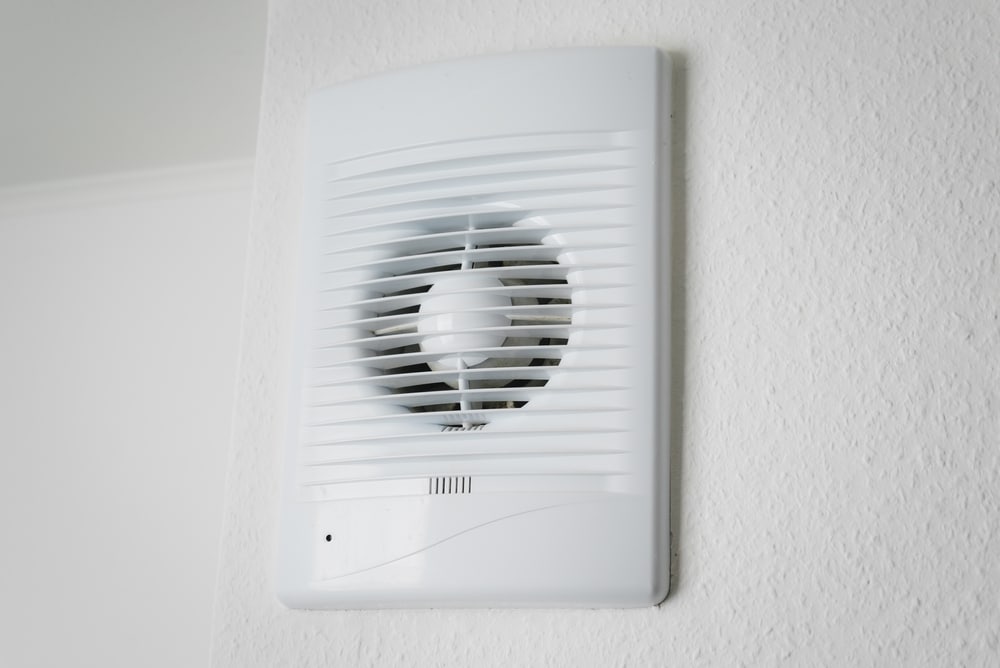
Understanding the amount of electricity used by your extractor fan should be simple. Generally, the user manual will tell you the amount of electricity your extractor fan should be using. Manuals can also be found online in case you misplaced your physical copy.
Contacting the manufacturer is always the best option if you feel your extractor is using more electricity than it has been stated to use. They should be able to accurately provide guidance or, schedule a maintenance check should it be required.
Does a dirty extractor fan use more electricity?
An extremely dirty extractor fan that struggles to operate because of the volume of dirt, will not use any more electricity than if it was clean. The electrical output remains the same, the only difference with the dirty fan is that the accumulated dust has become an obstacle that prevents it from moving properly.
Find the right kitchen extractor fan today
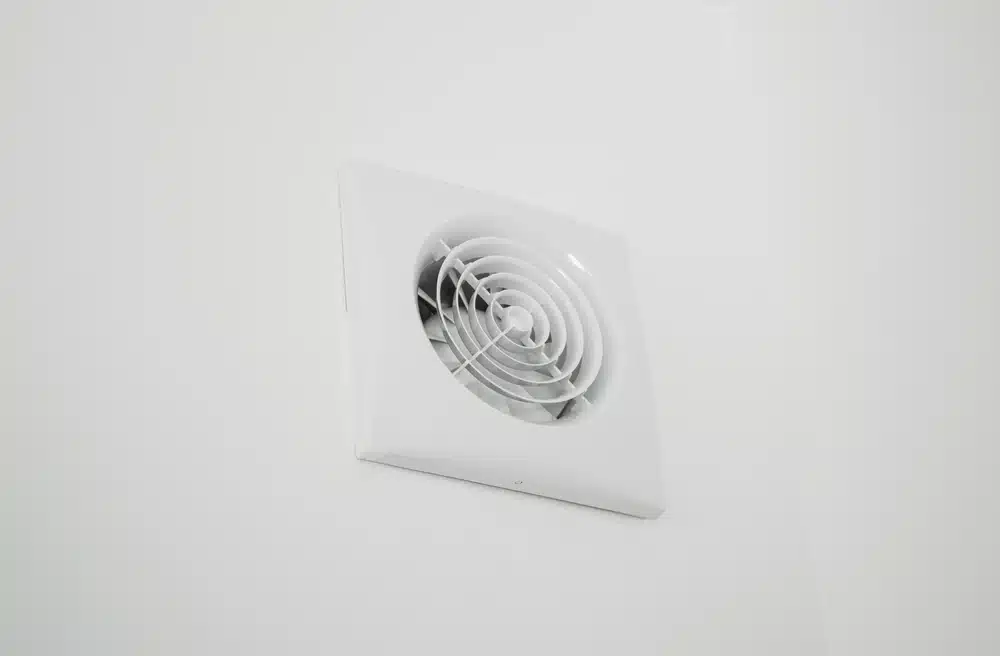
At I-Sells, all things ventilation and ducting related is our speciality, we are here to answer the questions we know are common for those new to HVAC and what it encompasses.
We at I-Sells endeavour to ensure our customers have all the information they require before investing in our mould solutions. Be sure to visit our blog page to learn about the vast array of factors and issues surrounding ventilation, mould, condensation, and much more.
We hope to have answered the question ‘How much electricity does a kitchen extractor fan use?’
We understand you may have more questions, do not hesitate to contact us for more information about whatever you need our help with. If you’d like to email us, click here. For other contact options, see below:
Call us on 020 8463 9696
Visit us at our showroom:
*OPENING TIMES*
Monday – Friday: 8:00 am to 5:30 pm
Saturday: 9:00 am to 12:00 pm
Sunday: Closed
15 St John’s Parade
Sidcup, Kent
DA14 6ES
United Kingdom




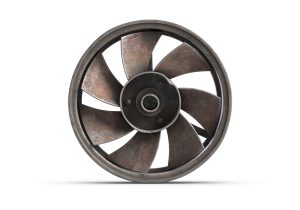

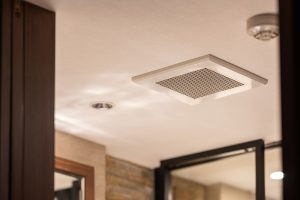



















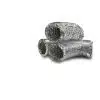

Add comment
You must be logged in to post a comment.